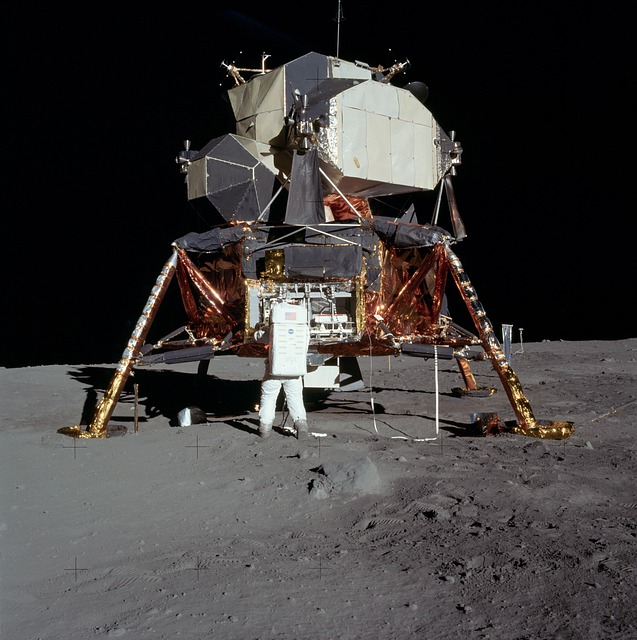
Landing Site

|
That's one small step for [a] man, one giant leap for mankind. Neil Alden Armstrong (1930-2012) |
In this mission the size of the hexagonal grid is 12x9 ('A1' to 'L9').
- It’s characteristics:
- it’s flat-topped;
- the alphabet letters represent columns and numbers represent rows;
- the even columns are being pushed down.
You are given a set of obstacle hexes on the Moon as an input value. You have to return a set of all the candidate landing sites.
- The conditions for the landing site hex:
- the hex isn't an obstacle hex;
- there’re no obstacle hexes in equidistant ( 1 or more ) hexes;
- the above radius is the longest.
- The outside of the hexagonal grid is always considered as an obstacle hex.
- If there aren’t any landing sites, return an empty set.
Example:
assert landing_site({'E5', 'E7', 'F4', 'F6', 'G4', 'G6', 'H3', 'H5'}) == {'C3', 'J7'}
assert landing_site({'A4', 'C2', 'C6', 'C9', 'D4', 'D7', 'F1', 'F5',
'F8', 'G4', 'H7', 'I2', 'I5', 'I9', 'K3', 'K8', 'L5'}) == {'B7', 'E3', 'J6'}


Input: The obstacles on the Moon (a set of strings).
Output: A set of all the candidate landing sites (a set of strings).
Precondition:
- all(re.fullmatch('[A-L][1-9]', i) for i in input)
How it is used: For finding the needed area.
CheckiO Extensions allow you to use local files to solve missions. More info in a blog post.
In order to install CheckiO client you'll need installed Python (version at least 3.8)
Install CheckiO Client first:
pip3 install checkio_client
Configure your tool
checkio --domain=py config --key=
Sync solutions into your local folder
checkio sync
(in beta testing) Launch local server so your browser can use it and sync solution between local file end extension on the fly. (doesn't work for safari)
checkio serv -d
Alternatevly, you can install Chrome extension or FF addon
checkio install-plugin
checkio install-plugin --ff
checkio install-plugin --chromium
Read more here about other functionality that the checkio client provides. Feel free to submit an issue in case of any difficulties.
Welcome to Pair Programming! Engage in real-time collaboration on coding projects by starting a session and sharing the provided unique URL with friends or colleagues. This feature is perfect for joint project development, debugging, or learning new skills together. Simply click 'Start Session' to begin your collaborative coding journey!
You are trying to join a pair programming session that has not started yet.
Please wait for the session creator to join.
It looks like the creator of the pair programming session closed the editor window.
It might happen accidentally, so that you can wait for reconnection.
